Can You Turn Off Ring Blue Light?
Blue light has garnered a significant amount of attention due to its potential impact on human health, particularly on vision and sleep. As a professional knowledge blogger, it is essential to delve into the topic comprehensively to provide valuable insights that answer practical problems. In this article, we will explore the nature of blue light, its sources, and its effects on health. We will also discuss various methods to reduce exposure to blue light and whether it is possible to turn off blue light on a Ring device.
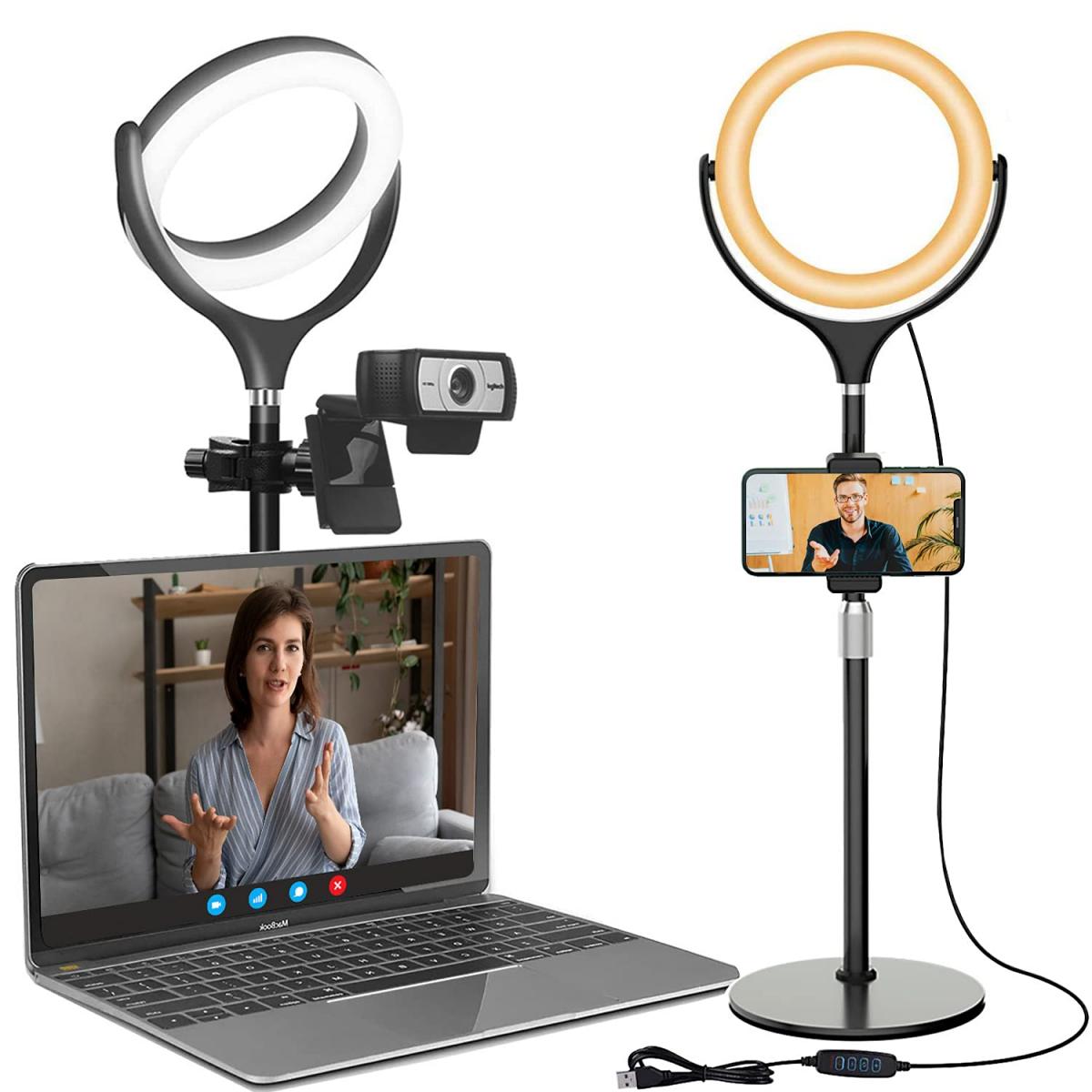
Understanding Blue Light
Blue light is a part of the visible light spectrum with wavelengths between approximately 400 to 495 nanometers. It is one of the shortest and highest-energy wavelengths of light. Blue light is naturally present in sunlight and plays a crucial role in regulating the body’s circadian rhythm, which is the internal clock that determines sleep-wake cycles.
Sources of Blue Light
While the sun is the primary source of natural blue light, modern technology has introduced numerous artificial sources of blue light, including:
1. LED screens and devices: Computers, smartphones, tablets, and televisions emit significant amounts of blue light.
2. Energy-efficient lighting: LED and fluorescent lights are more energy-efficient than traditional incandescent bulbs but also emit higher levels of blue light.
Effects of Blue Light on Health
The primary health concerns associated with blue light exposure include:
1. Eye Strain and Discomfort: Prolonged exposure to blue light, especially from screens, can cause digital eye strain, leading to symptoms such as dry eyes, fatigue, blurred vision, and headaches.
2. Disruption of Sleep Patterns: Blue light suppresses the production of melatonin, the hormone responsible for sleep regulation. Exposure to blue light before bedtime can interfere with falling asleep and the quality of sleep.
3. Potential Retina Damage: Some studies suggest that long-term exposure to high levels of blue light could damage the retinal cells, potentially leading to conditions such as macular degeneration.
Methods to Reduce Blue Light Exposure
Given the widespread use of digital devices and energy-efficient lighting, it is essential to implement strategies to mitigate blue light exposure:
1. Screen Filters and Glasses: Using blue light filters for screens and wearing blue light-blocking glasses can reduce the amount of blue light that reaches the eyes.
2. Night Mode Settings: Many devices now come with a “Night Mode” or “Blue Light Filter” setting that diminishes blue light emission by adjusting the display to warmer tones. This mode is particularly beneficial during evening hours to reduce eye strain and improve sleep quality.
3. Environment and Behavior Adjustments: Limiting screen time, especially before bedtime, can help maintain healthy sleep patterns. Additionally, incorporating frequent breaks while using digital devices and ensuring adequate ambient lighting can alleviate eye strain.
Turning Off Blue Light on Ring Devices
Ring devices, which include products such as video doorbells, security cameras, and smart lighting systems, typically utilize LED technology. While these devices provide essential security features, they also emit blue light. However, the capability of turning off or reducing blue light specifically on Ring devices is usually limited. Here are a few considerations and practical tips:
1. Adjusting Device Settings: It is essential to check the Ring app or device settings for any available options to adjust or reduce LED light intensity. Some Ring devices may allow users to dim the lights or customize the settings according to specific times of the day, which can help minimize blue light exposure during nighttime.
2. Using External Filters or Covers: Applying external light filters or covers designed to block or diffuse blue light can be an effective solution. These filters can be easily attached to the LED lights on Ring devices, reducing the blue light emission without affecting the functionality of the device.
3. Positioning and Installation: Placing Ring devices in locations where direct exposure to the emitted light is minimized can also help. For instance, installing the devices at angles that direct the light away from living spaces or using indirect lighting systems can reduce the impact of blue light.
Conclusion: Balancing Security and Health
In summary, while blue light is an inevitable part of modern life due to the prevalence of LED screens and energy-efficient lighting, there are practical measures to reduce its harmful effects. Utilizing screen filters, blue light-blocking glasses, night mode settings, and behavior adjustments can significantly alleviate eye strain and improve sleep quality.
When it comes to Ring devices, while they do emit blue light, there are practical steps one can take to reduce exposure. Adjusting device settings, using external filters, and thoughtful installation can help balance the need for security with health considerations.
Understanding and addressing blue light exposure is crucial for maintaining both eye health and overall well-being in today’s digital age. By implementing these strategies, we can mitigate the potential risks associated with blue light and enjoy the benefits of modern technology more comfortably and safely.


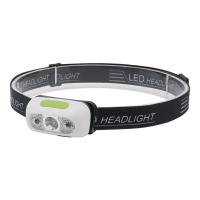


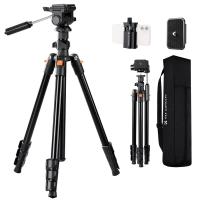













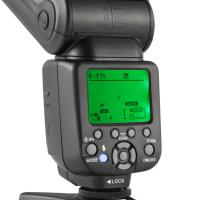


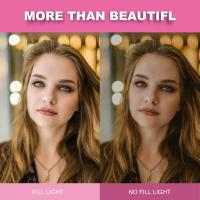
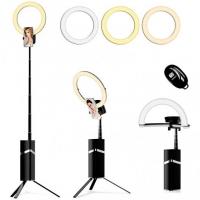
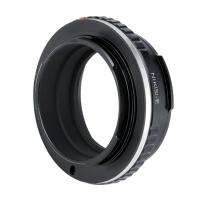



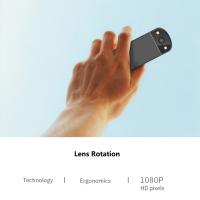


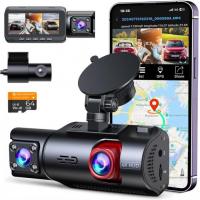



There are no comments for this blog.